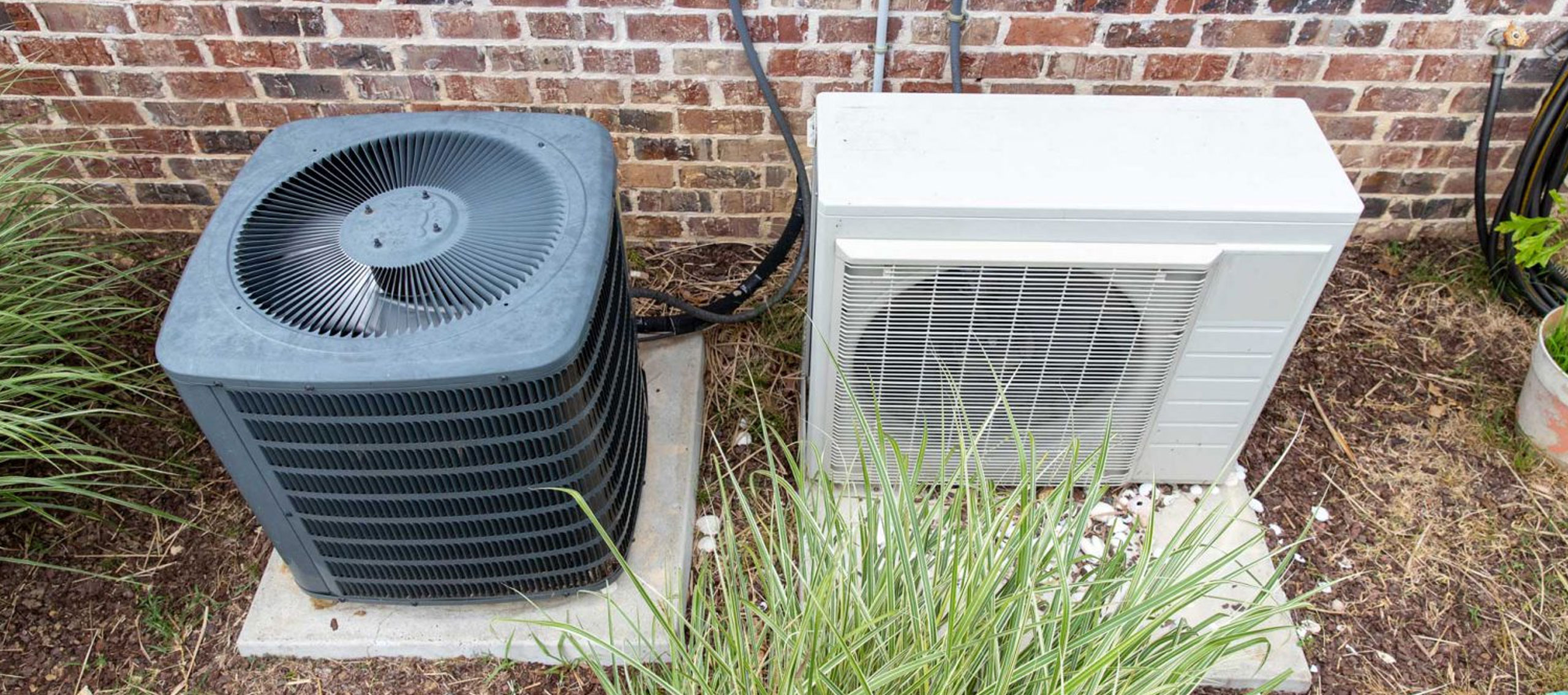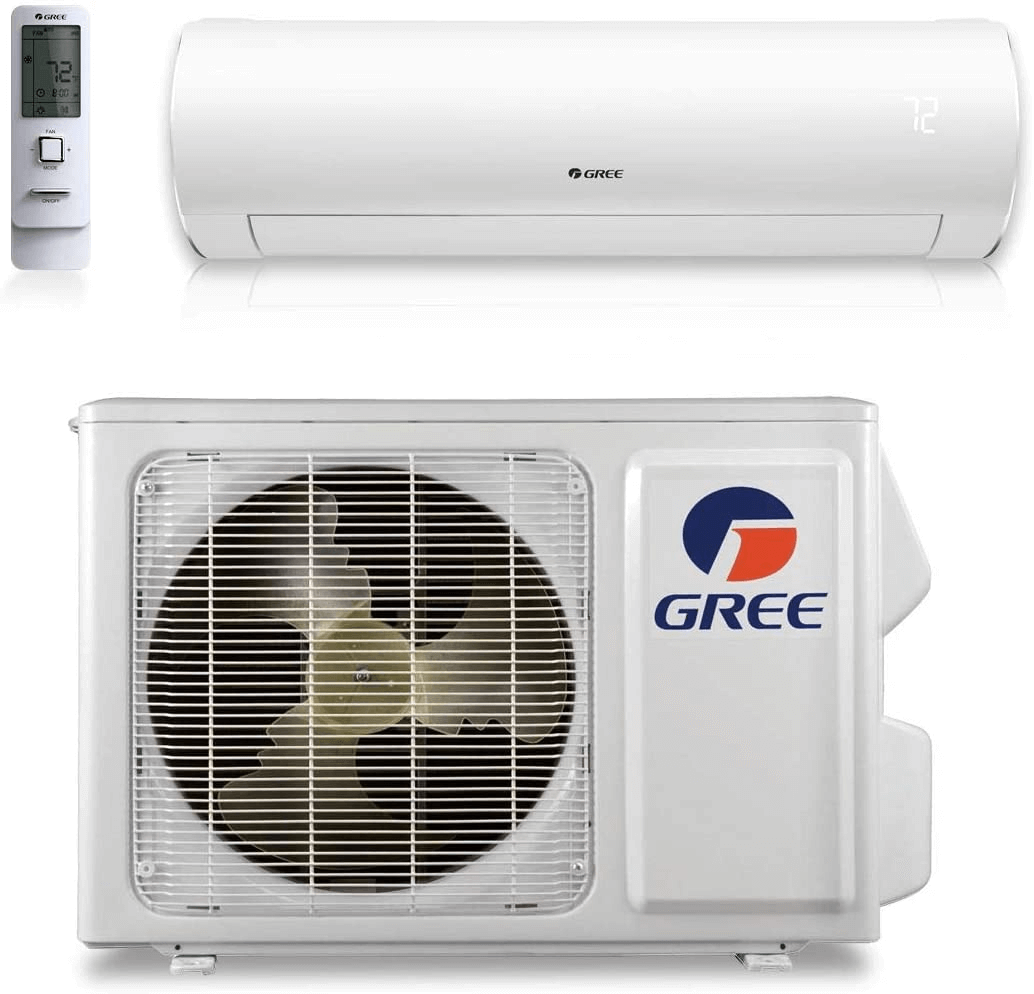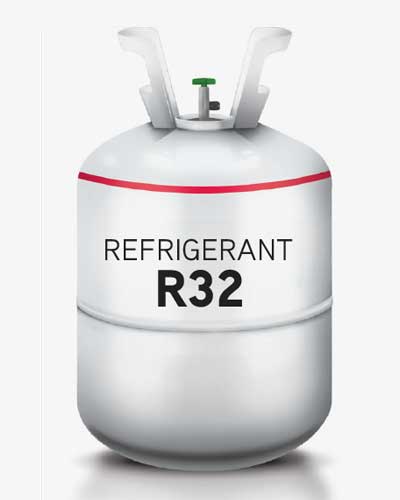
Ductless Mini-Split vs. Central Air HVAC Systems
Indoor comfort is important to everyone who spends time in your home or workplace, be it your family and friends, or your employees and customers. Some people prefer a cooler space while others are easily chilled. The position of the sun shining through the windows can also make one side of the house hot while the other remains cold. Since the temperature of your space affects so many people and makes a difference to quality of life, it’s imperative you choose the right HVAC system that suits your family or business.
Two of the most prominent heating and cooling systems to consider when making your choice for indoor comfort are mini-split systems and central air systems. However, each HVAC system has similarities and differences that make them an attractive option depending on preferences. Take a deeper look into each system below to learn which is best for you.
Ductless Mini-Split Systems & Their Advantages
Ductless mini-split systems are becoming more and more popular as an alternative to traditional central air systems. Many people have heard of mini-splits (or seen them while on vacation in Europe or Latin America) but may not know the specifics of how they work. Ductless mini-splits are most commonly categorized by single-zone and multi-zone units. Single-zone mini-splits deliver heating and cooling to one room or area of a space, known as a "zone", while ductless multi-zone mini-split systems are able to heat or cool various areas of your home or business at once through multiple zones. How many mini-split systems you need, their size, and how many zones are required depends on the size of your space, number of rooms, and other factors such as wall openings, number and location of windows and insulation. Ductless HVAC systems consist of an outdoor unit (compressor) and an indoor unit (high wall, ceiling cassette or other user-friendly options), that are easily wall-mounted and connected to the outdoor compressor with a refrigerant line.
Ductless systems aren’t interconnected, meaning the temperature for each zone can be easily adjusted independently using its own remote. This is an incredibly appealing feature for households or businesses that want to provide individualized comfort by room or zone. You can also expect your property to become more energy efficient since ductless mini-splits allow you to turn off empty rooms completely or minimize to manage the humidity of the space. While homeowners and business owners often gravitate towards mini-splits because they are more energy-efficient and cost effective than central AC systems, they’re also quickly becoming the preferred option for contractors as the installation and ongoing maintenance are both much simpler than with a ducted system.
Mini-splits are perfectly suited for heating an entire home, business or vacation rental, but also provide benefits for a wide variety of more specific use-cases, such as sun rooms, and bonus rooms like garages, basements attics and sheds. Mini-splits are particularly useful when trying to gain extra living space through turning a garage or basement into an extra bedroom, adding an accessory dwelling unit, or when doing an open-wall remodel of an existing home. Ductless mini-split HVAC systems are also a great choice when you don’t already have an existing ducted system or if there is no attic or drop ceiling to fit ductwork such as the case of historic homes or quirky business spaces.
These same mini-split HVAC options are also the ideal air conditioning system to supplement homes and businesses that have an existing HVAC system but need additional output to maintain the temperature necessary for comfort. Ductless mini-splits come in quite handy for solving those "too hot" or "too cold" problem areas that don’t receive adequate temperature control. Breakfast nooks, media rooms and master bedrooms are the most common when it comes to supplemental cooling and heating with a mini-split.




